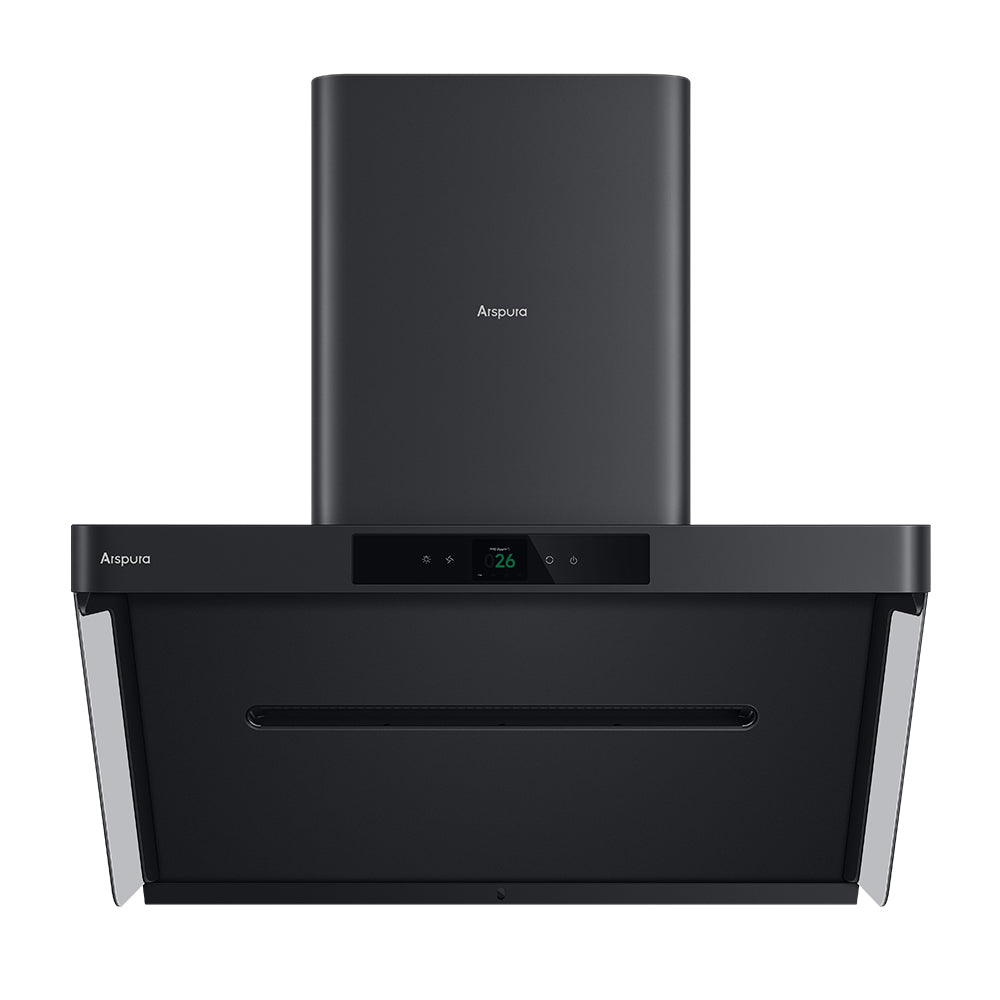Unveiling the Secrets to Choosing Your Perfect Kitchen Hood!
When it comes to creating a comfortable and functional cooking environment, one of the most crucial elements to consider is the kitchen hood. Not only does it enhance air quality by effectively removing smoke, steam, and odors, but it also contributes to a more pleasant cooking experience. With a wide variety of options available, how to choose a kitchen hood can feel overwhelming. It’s essential to make an informed choice based on your individual cooking habits, kitchen layout, and style preferences. Whether you're an amateur cook or a culinary enthusiast, understanding the importance of this appliance will help you create an ideal kitchen atmosphere.

Understanding Kitchen Hoods: Types and Functions
Kitchen hoods come in various types, each designed to suit different kitchen layouts and cooking styles. The most common types include wall-mounted hoods, under-cabinet hoods, island hoods, and downdraft hoods. Wall-mounted hoods are typically installed above the cooking range, providing powerful ventilation while adding a stylish focal point to the kitchen. Under-cabinet hoods are ideal for smaller kitchens, conveniently tucked away under cabinets to save space. Island hoods, as the name suggests, are suspended above kitchen islands and offer a dramatic design element while efficiently ventilating a large cooking area. Lastly, downdraft hoods are integrated into the cooktop and rise when in use, providing a sleek option for modern kitchens. Each type serves a distinct purpose, making it essential to choose one that aligns with your cooking habits and kitchen setup.
Key Factors to Consider When Choosing a Kitchen Hood
When selecting the perfect kitchen hood, several key factors come into play. First, size is crucial; the hood should be at least as wide as your cooking surface for optimal performance. Next, consider the type of ventilation: ducted hoods vent air outside, while ductless hoods filter air and recirculate it back into the kitchen. Ducted models tend to be more effective but may require extensive installation. Noise levels are another important aspect; some hoods operate quietly, while others can be quite loud, which may affect your cooking experience. Lastly, the style of the hood should complement your kitchen decor—whether you prefer a modern stainless-steel look or a more traditional design, there are options to fit every aesthetic. Keeping these factors in mind will help you choose a hood that not only performs well but also enhances your kitchen’s ambiance.
Assessing Your Kitchen Space and Cooking Habits
Before making a purchase, it’s essential to assess your kitchen space and cooking habits. Start by measuring the dimensions of your kitchen and the location of your cooking surface. This will help you determine the appropriate size and type of hood suitable for your setup. Additionally, consider how often you cook and the types of meals you prepare. For instance, if you frequently cook with high heat or use strong spices, a more powerful hood may be necessary to effectively eliminate odors and smoke. A friend of mine, who loves to host dinner parties, found that upgrading to a more powerful hood significantly improved air quality during cooking, making the experience much more enjoyable for everyone. Understanding your cooking habits will guide you in selecting a hood that meets your specific needs.
Installation and Maintenance Considerations
The installation process for kitchen hoods can vary depending on the model and your kitchen's layout. While some homeowners opt for professional installation to ensure everything is set up correctly, others may choose a DIY approach if they feel comfortable with basic home improvement tasks. Whichever route you take, it's essential to follow the manufacturer's instructions carefully. Once installed, maintaining your kitchen hood is crucial for optimal performance and longevity. Regularly clean the filters and the exterior to prevent grease buildup and ensure efficient airflow. My neighbor found that dedicating just a few minutes each month to clean her hood made a significant difference in its effectiveness and lifespan. Proper care will keep your kitchen hood functioning well for years to come.
Essential Insights for Choosing Your Kitchen Hood
Choosing the right kitchen hood is more than just selecting an appliance; it’s about enhancing your cooking experience and ensuring a comfortable kitchen environment. By understanding the different types of hoods, considering key factors such as size and ventilation type, and assessing your specific kitchen space and cooking habits, you can make an informed decision. Don’t forget to factor in installation and maintenance as well to ensure your kitchen hood remains efficient and effective. Ultimately, taking the time to evaluate your needs will lead you to the perfect kitchen hood that complements your style and enhances your culinary adventures.







